Nissan X-Trail: Wrapping Paint Protection Film
The appearance of the Nissan X-Trail SUV combines a sense of comfort and sportiness. The car looks elegant, yet bold and cool at the same time. The shine of the paint adds to the impression. When the car leaves the dealership, it shines brightly. Over time, however, the shine will fade, and attention will shift to scratches and other signs of wear. To avoid these, we recommend considering body protection for your X-Trail right away.
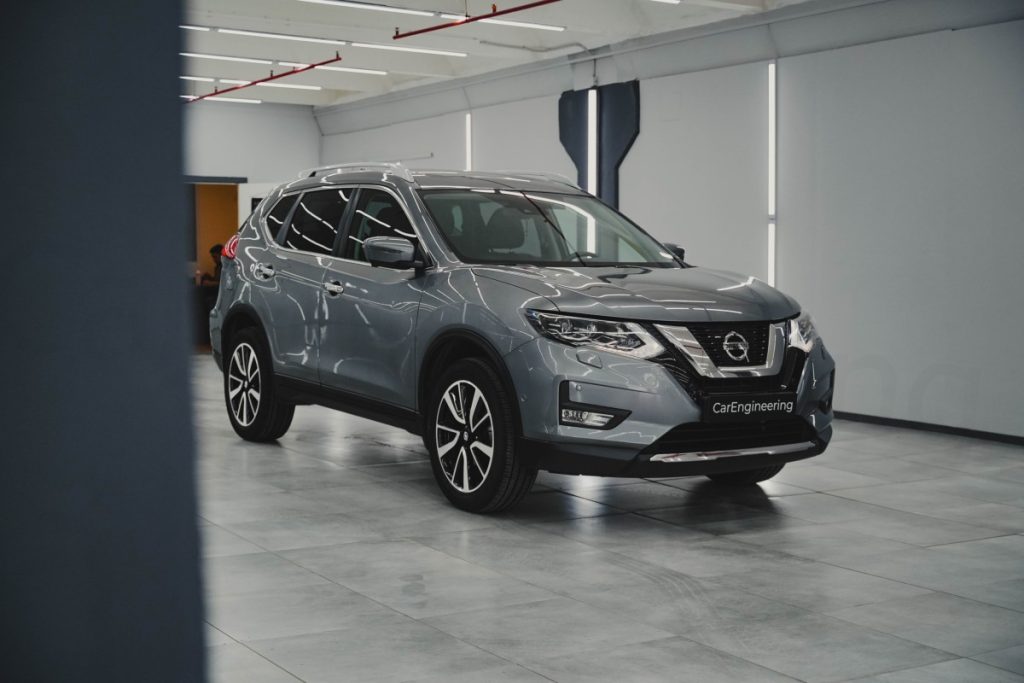
What coating to choose for protecting an SUV
In detailing, ceramic coatings, liquid glass, and anti-gravel films are particularly popular. Not everyone understands the differences in purpose and effectiveness between these materials, so let’s clarify.
Ceramics and liquid glass are lacquer sealants applied to a car after polishing. These two materials work similarly, protecting the paint from sun damage and harsh chemicals. However, they are ineffective against mechanical damage.
Film is an effective way to protect your car from wear and tear. Its protection extends to both mechanical and chemical damage. If you decide to wrap your X-Trail in a protective film, it will be nearly impossible to scratch it with keys, nails, branches, or stones, as the film absorbs the impact.
As you might have guessed, the customer chose a film coating for their Nissan. The primary goal for the specialists was reliable protection against scratches and scuffs. The most effective solution for this is a polyurethane anti-gravel film for the X-Trail.
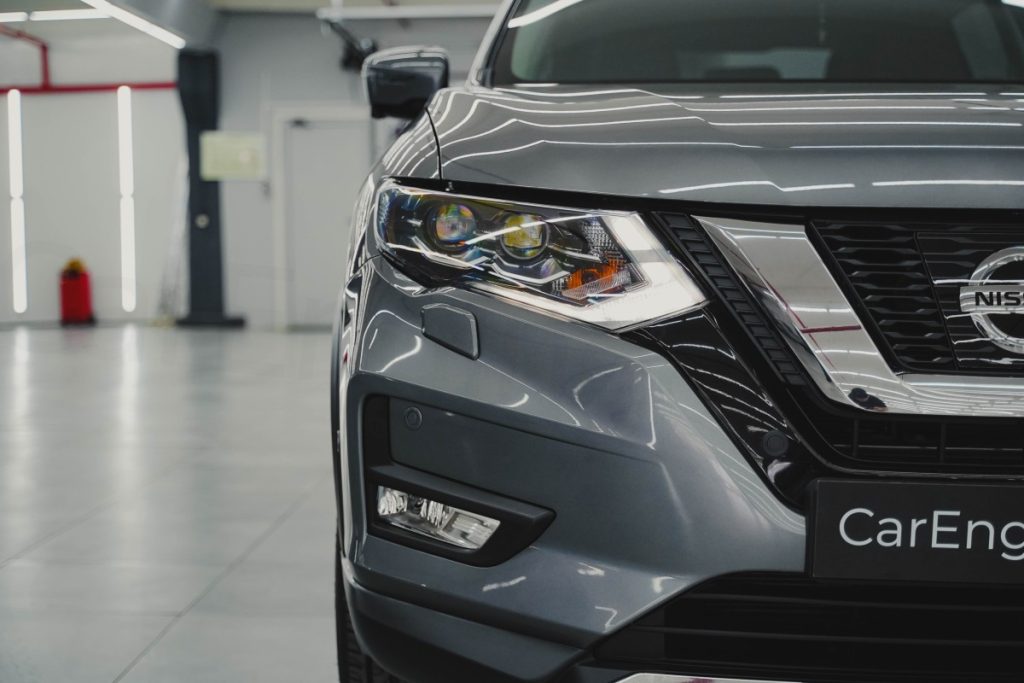
Polyurethane outperforms other coatings in terms of protection level, durability, and adaptability to environmental conditions. With a thickness range of 150-210 microns, the lacquer paint job (LCP) is protected from:
- Sand particles
- Tree branches and bushes
- Road and cleaning chemicals
- Gravel and stones flying onto the hood
- Bird droppings and insects
- Resin, oils, gasoline, and salts
After wrapping the X-Trail in polyurethane, the risk of significant damage to the body during minor collisions, driving on curbs, or unsuccessful parking decreases.
A unique feature of this coating is its self-healing property for wear marks such as scratches, scuffs, and small dents. Simply heat the Nissan X-Trail wrapped in film under the sun, and the self-healing effect will activate. This feature extends the coating’s lifespan, ensuring that over 5-8 years of driving, the film will not accumulate scratches, remaining smooth, shiny, and attractive until it’s removed. Since the customer chose a transparent polyurethane film, the self-healing feature helps keep the coating invisible.
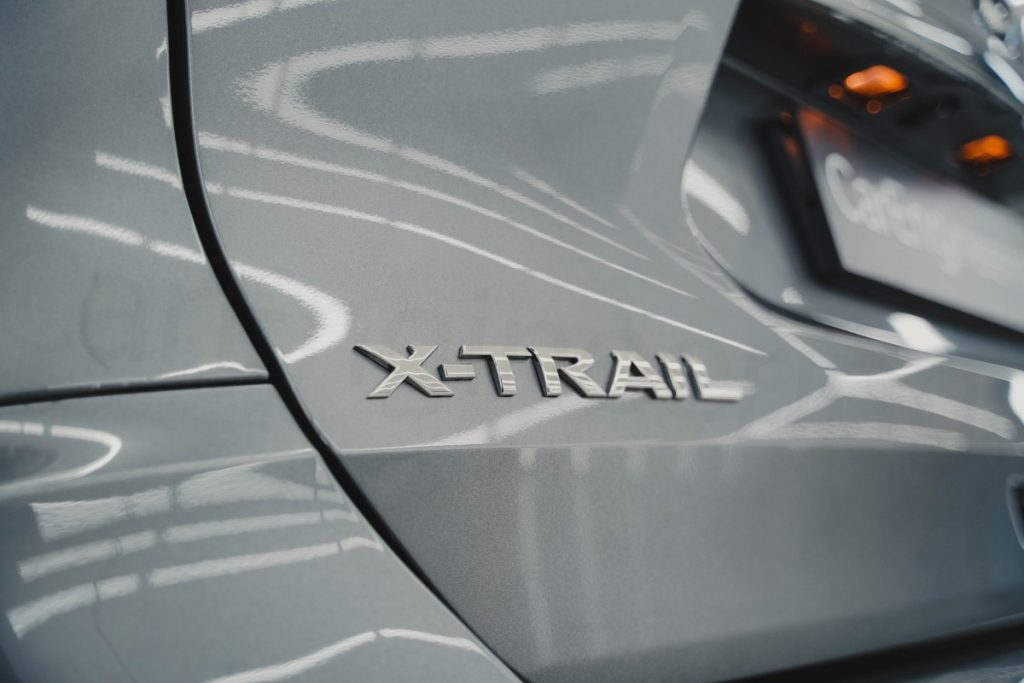
Car owners also apply film to their Nissan X-Trail for styling purposes. Changing the color with a film is the most practical and safest option for the body. Moreover, finding a matching paint color can be difficult due to the limited availability of colors on the market. These nuances further highlight the advantages of film over paint.
For styling, vinyl is used—its variety of colors and textures is impressive. You can drastically alter the body’s design with carbon fiber, chameleon effects, gradients, matte finishes, or simply a colored coating. Manufacturers have also recently introduced colored polyurethane, but its color palette is not yet as extensive as vinyl’s. Additionally, wrapping the X-Trail in colored polyurethane will cost significantly more than using vinyl.
For help choosing the right coating, you can consult with a specialist at CarEngineering. Based on your protection goals, the vehicle model, and your expected outcome, we’ll recommend the best coating for you. We source all materials from official suppliers, so the quality and freshness of the films are guaranteed.
Features of wrapping high-risk areas on the X-Trail
This is the customer’s first experience wrapping a car, so they opted for partial coverage. Specialists applied film to the front part of the Nissan X-Trail, covering the most vulnerable areas: the bumper, hood, fenders, pillars, roof, door handle recesses, headlights, and mirror covers.
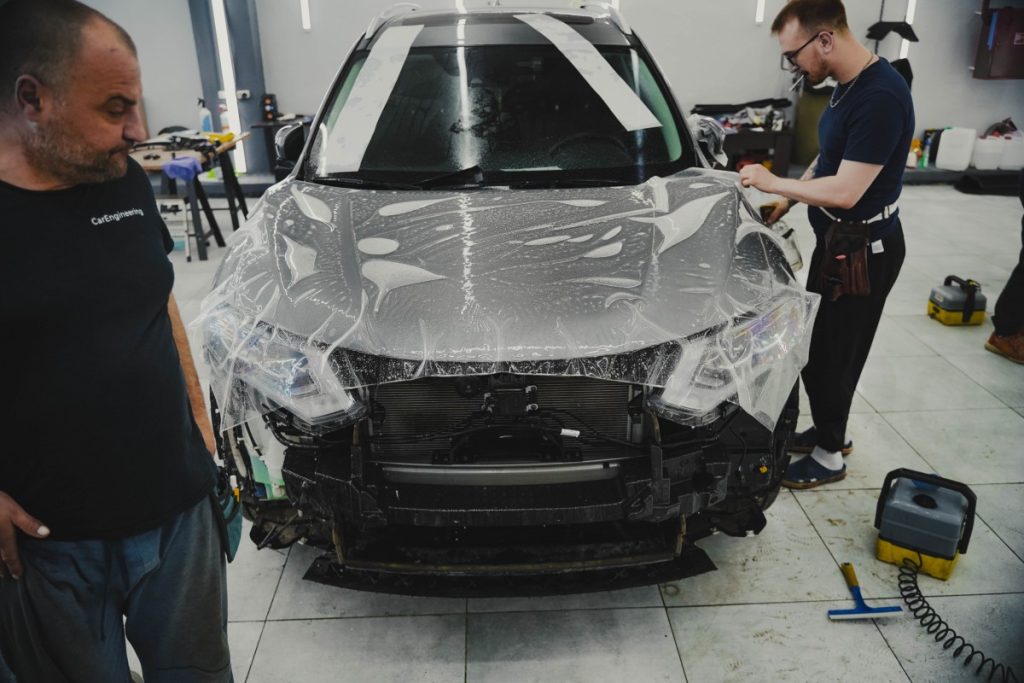
Don’t forget about the rest of the body. It is still prone to damage, and scratches won’t disappear. If a full wrap isn’t an option, you can consider an alternative—applying ceramic coating to the uncovered area. While it won’t offer the same level of protection, it’s better than nothing.
If you’re serious about keeping your car damage-free and preserving the shine across the entire body, we recommend a full wrap at our studio. This includes covering the entire body, excluding chrome elements. A full wrap will protect the car from all sides, preventing uneven wear and accidental damage.
We also offer the “Anti-Chrome” service, which involves coating chrome details to protect against corrosion, chipped paint, and scuffs. This service is also useful if you’re simply unhappy with the look of the chrome elements. The grille, logos, window frames, and other small details will be wrapped in black vinyl for the Nissan X-Trail. On a dark-colored body, this contrast looks particularly stylish.
Features of applying anti-gravel film to a Nissan
For the coating to last long and meet expectations, the wrapping must be done at the highest level. At CarEngineering, we emphasize service quality—the material is applied carefully, considering the individual curves of the body, and all technologies are followed.
Before the service, specialists thoroughly inspect and prepare the car. It’s important to remove dirt, grease, and make the LCP as smooth and clean as possible. If rust or chips are noticed, they are repaired before the film is applied. The body is then washed and degreased.

The car wrapping process takes place in a clean workspace equipped with all necessary tools. Before the service, the studio undergoes a wet cleaning to ensure no dust interferes with the film’s flawless appearance. Some services neglect work precision and workspace cleanliness, cutting corners to finish quickly. As a result, even transparent film becomes noticeable, the seams between parts are poorly wrapped, and the absence of edge wrapping increases risks for the car and coating.
One of the key techniques in wrapping a Nissan X-Trail with film is edge wrapping. This technique involves tucking the film under the part so that the edges are inside. This significantly increases the durability of the wrap and minimizes the risks of film damage.
The effectiveness of edge wrapping is noticeable both during regular use and washing. In the first case, the body is better protected from stones. When the film’s edge ends on the outside, even a small stone can cause damage. You also can’t rule out the possibility of dirt getting trapped under the film.
When washing, a car with tucked-in film is not affected by high water pressure or close-range spraying. Nevertheless, it’s always a good idea to inform the car wash attendants about the additional protection on your vehicle. This will help them adjust the pressure and maintain the proper distance.
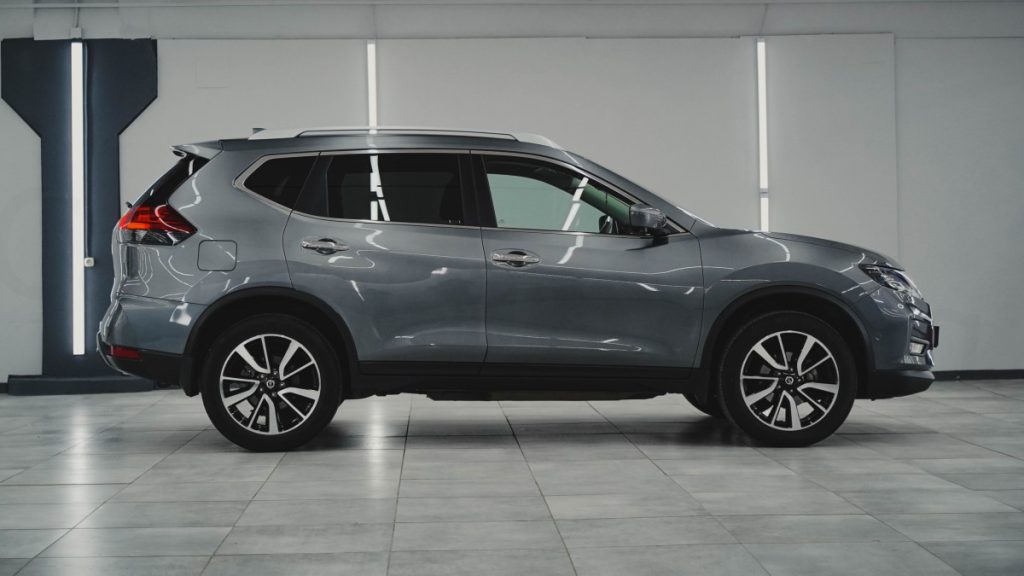
After wrapping, the car needs time to dry. Specialists leave it in the studio until the next day. If the vehicle is picked up too early, any accidental moisture on the body may cause the material to peel off. We account for this, as the result is the most important factor.
At CarEngineering, we won’t let you down. We offer:
- A professional approach
- Individually selected materials
- Maximum attention to detail
- Guaranteed results
- Free post-service maintenance
A week after applying the film to your Nissan, we’ll invite you back for a follow-up inspection and free car wash. We continually strive to improve our service and enhance results. All our clients leave the studio satisfied, which means the work was worth it.
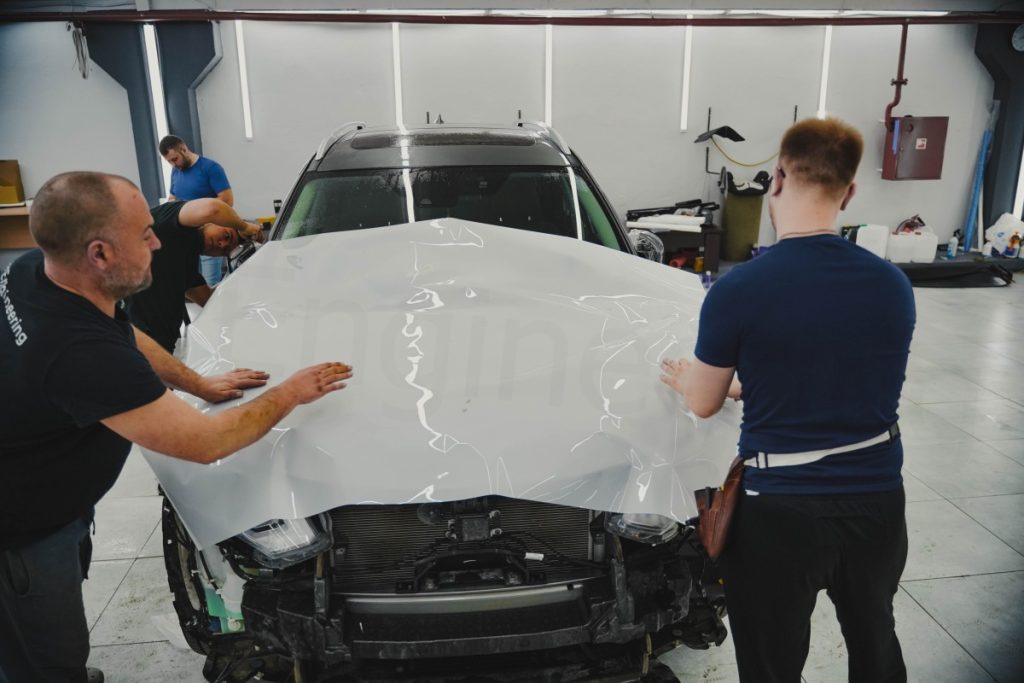


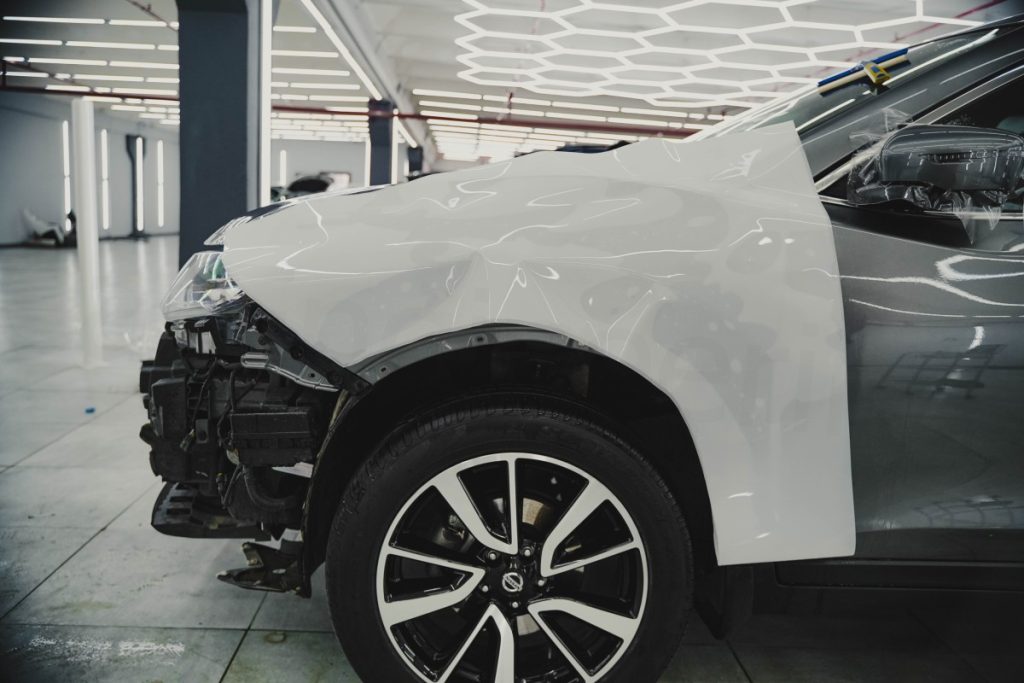
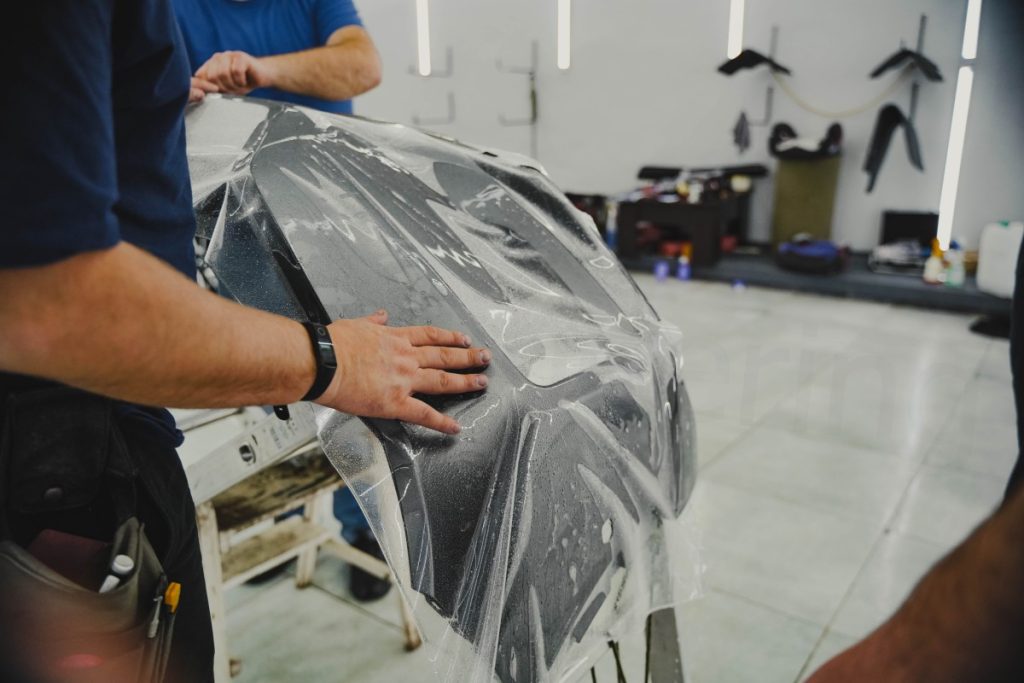
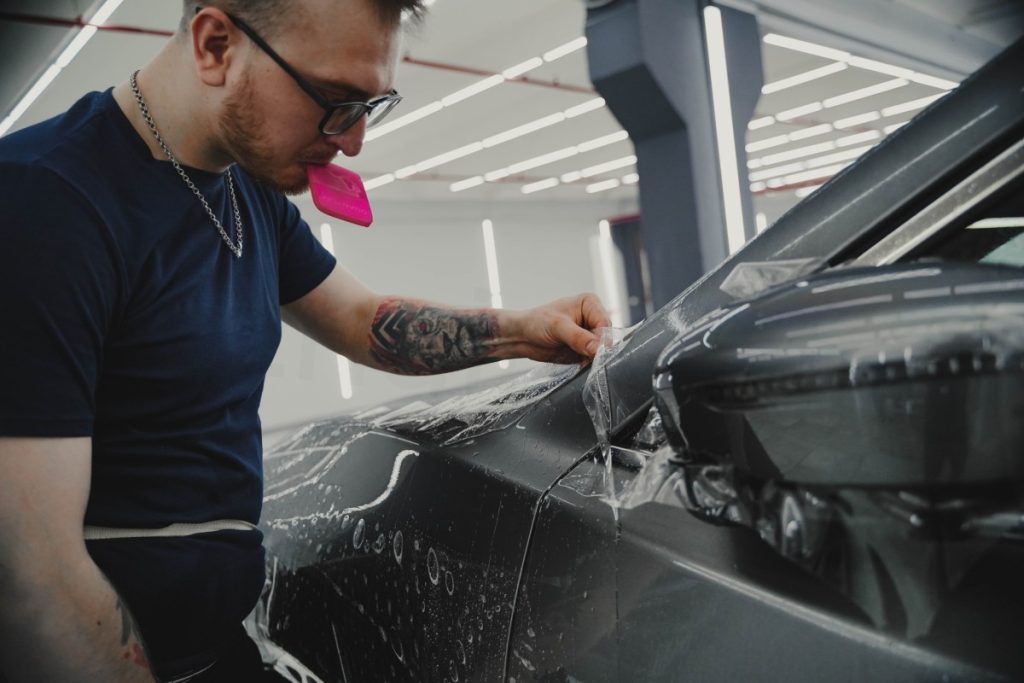
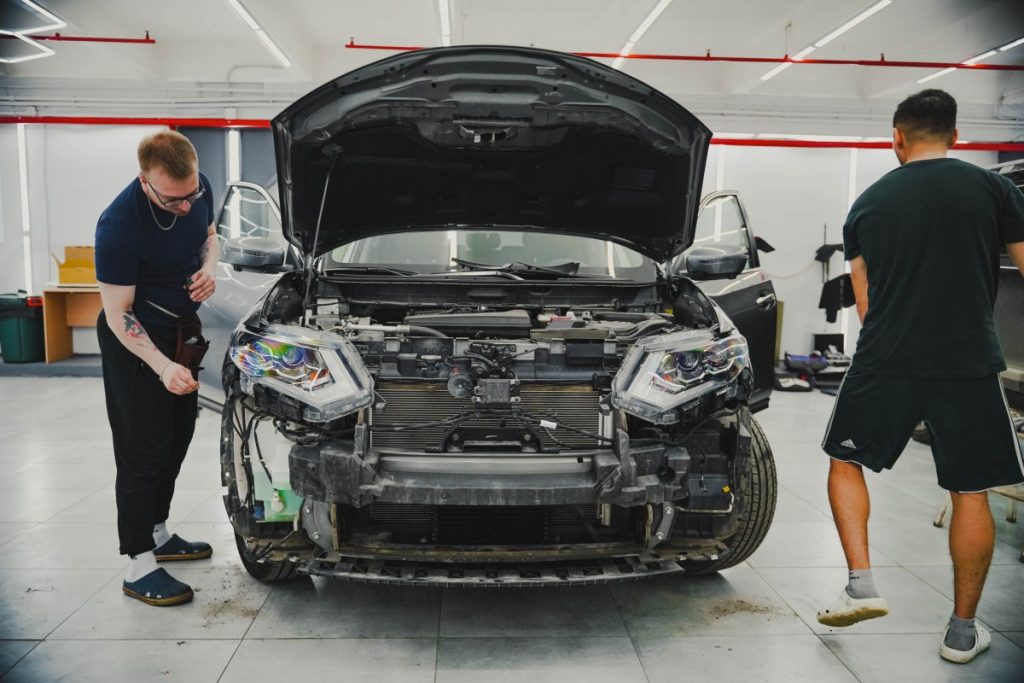
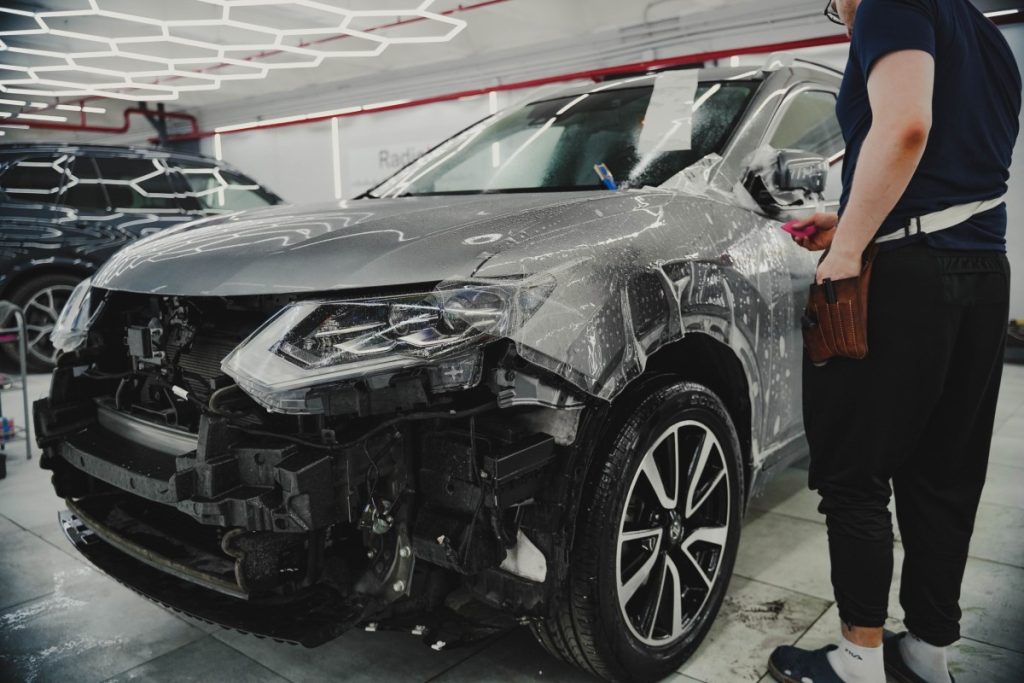
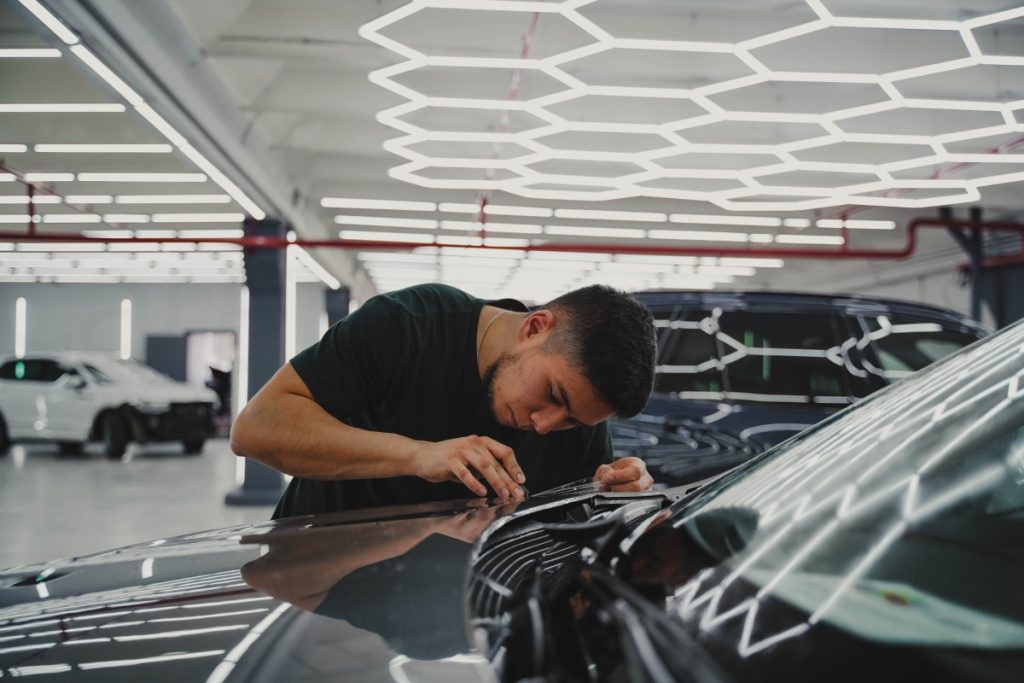
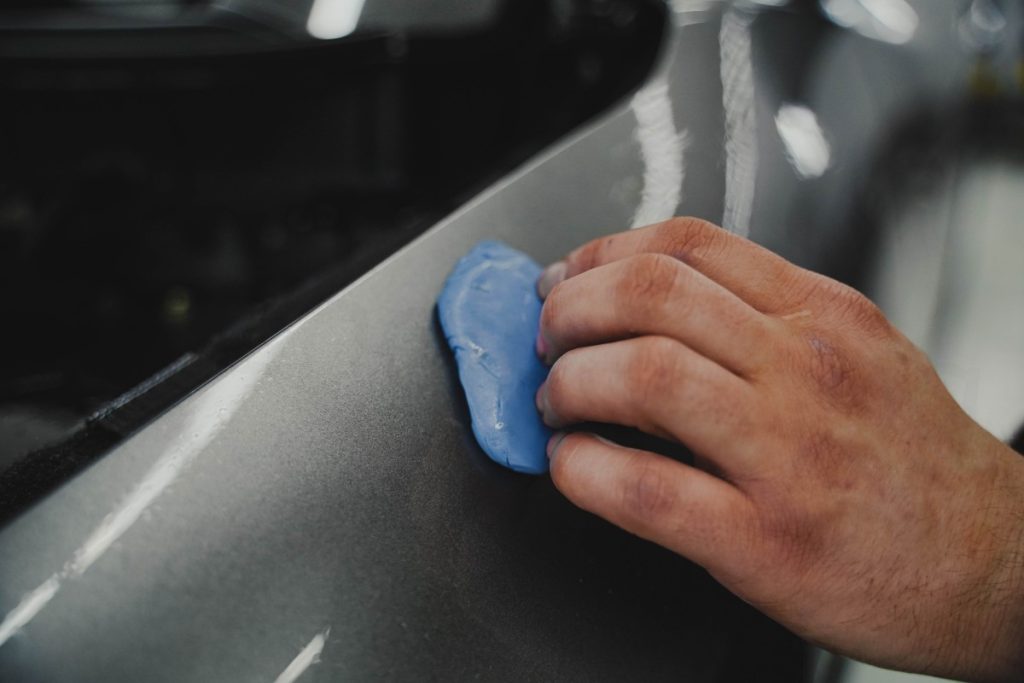
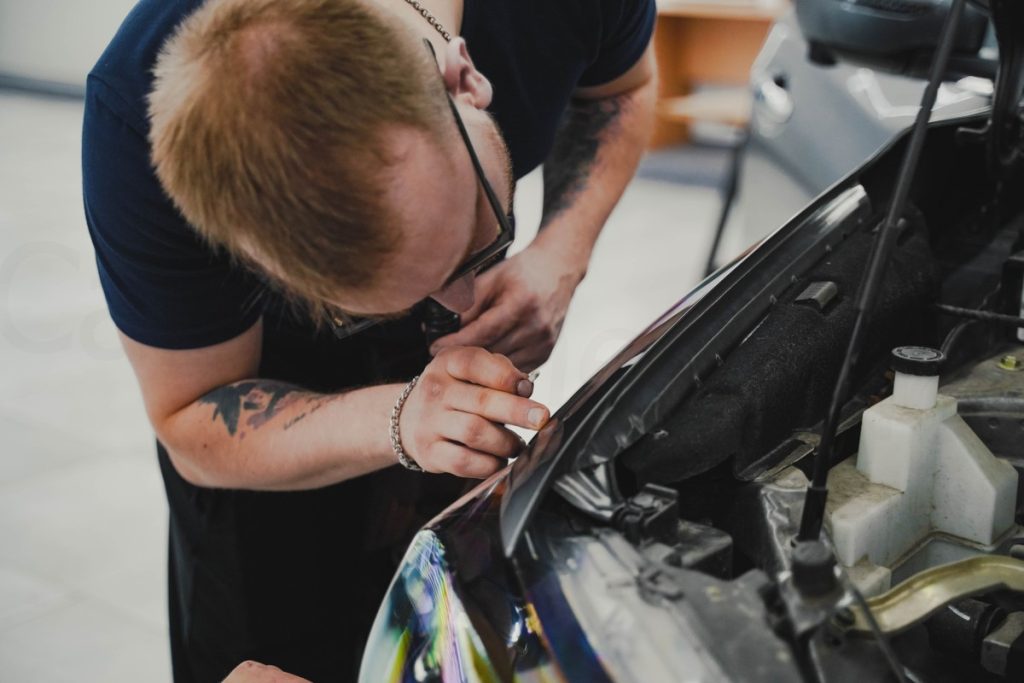
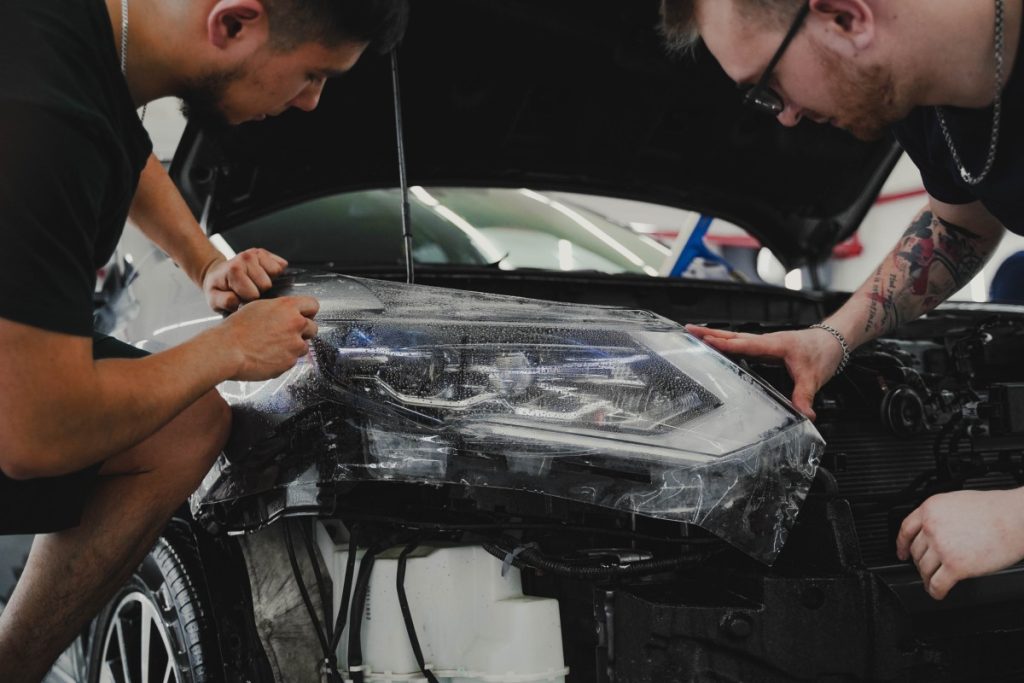


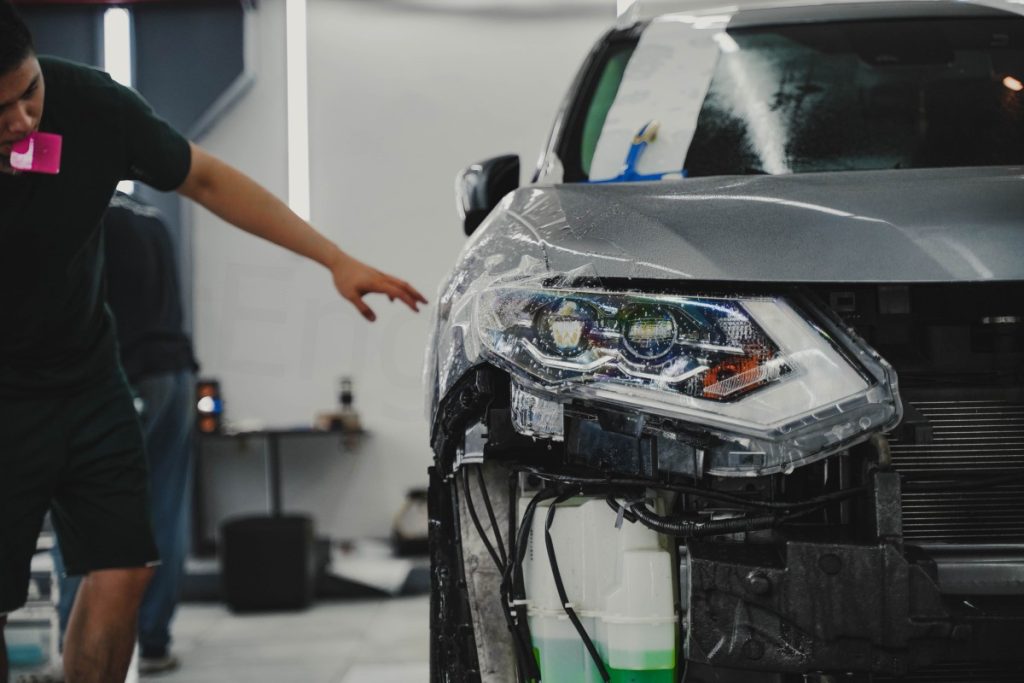
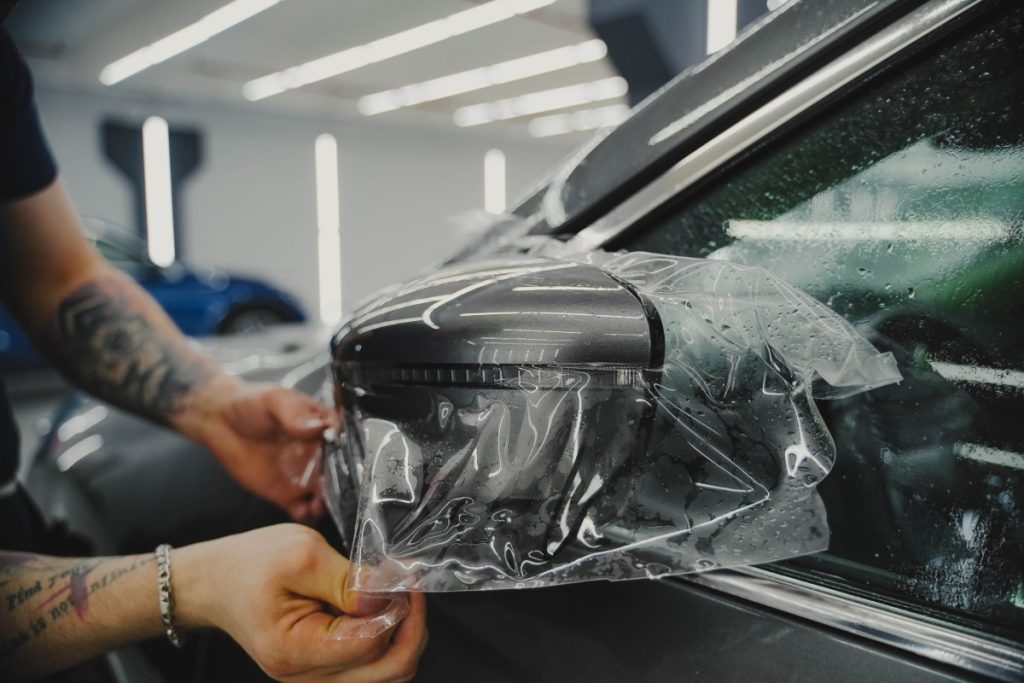

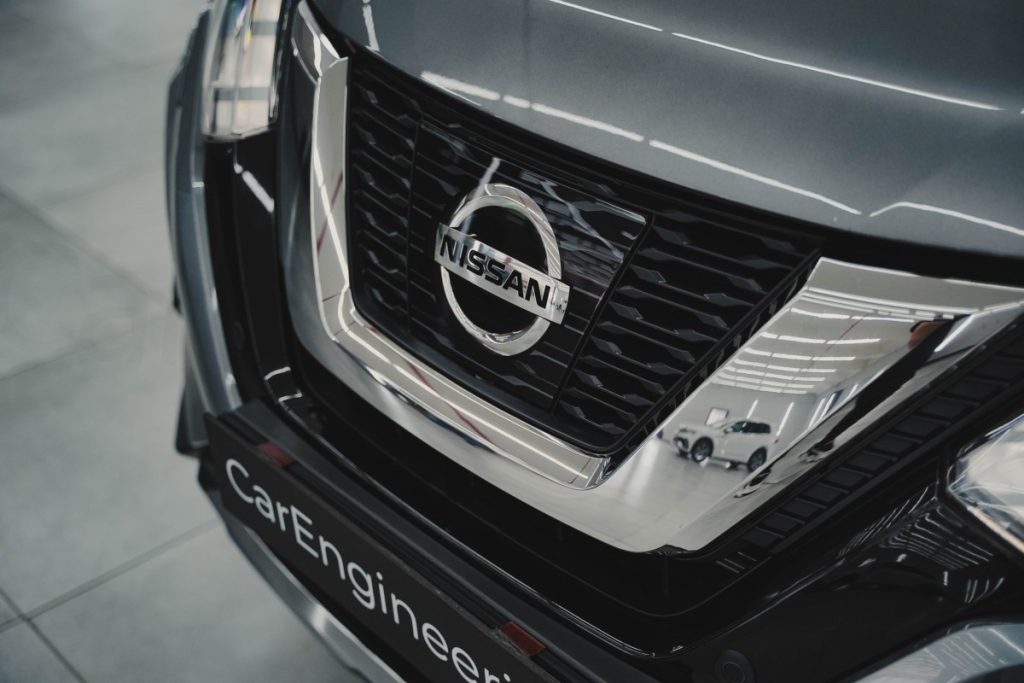
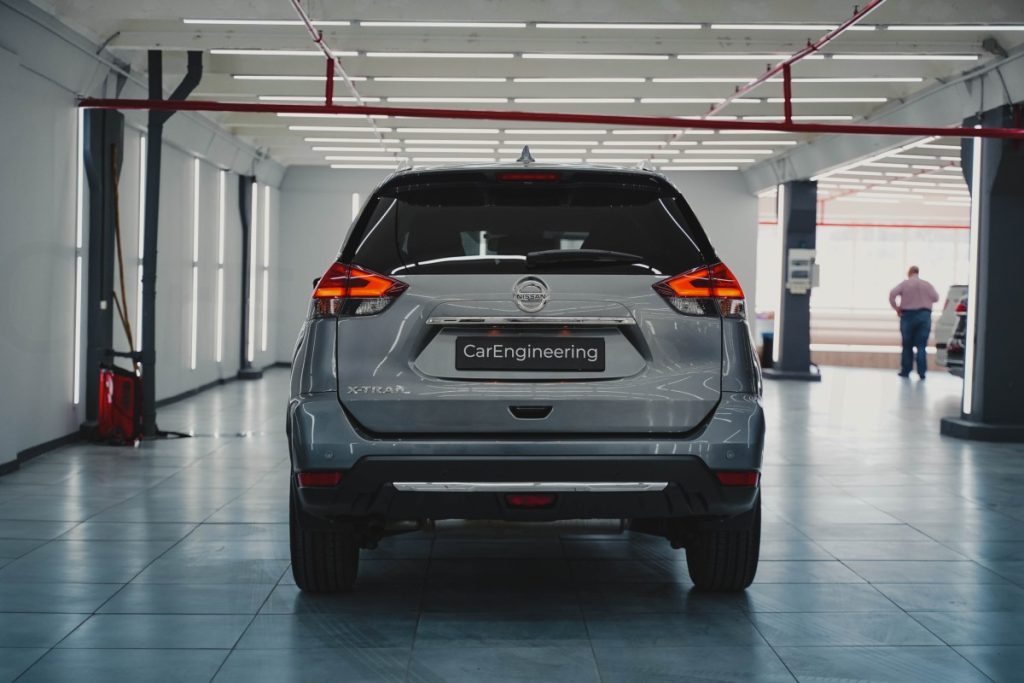
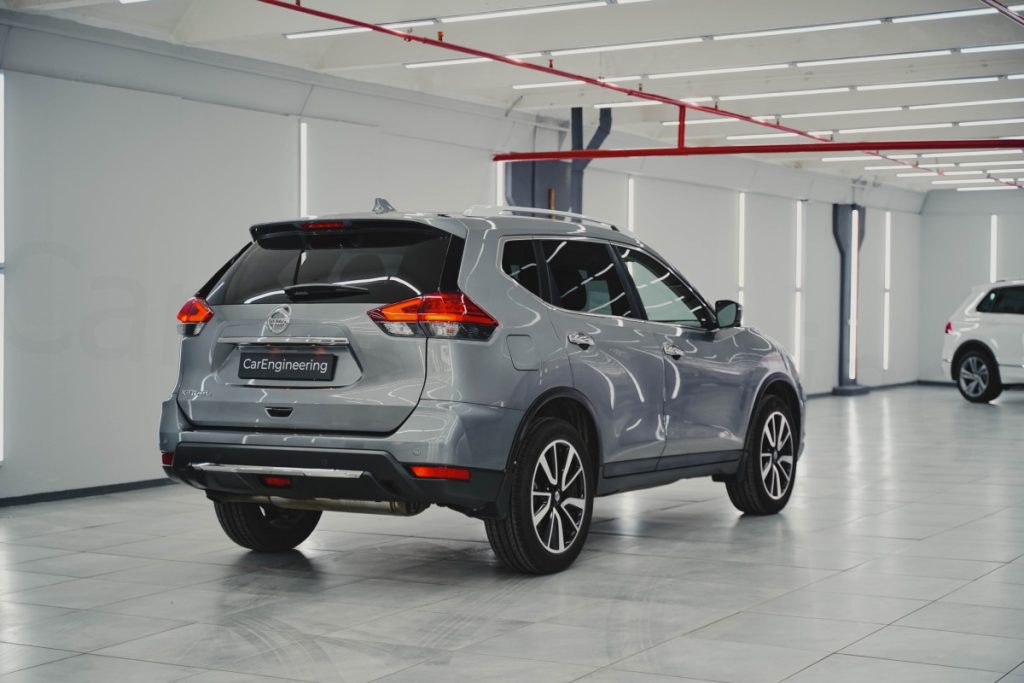
We will be glad to work with your car. Please contact us
☎️ 056 666 5810
📞 Whatsapp +971 56 666 58 10
We are located in Dubai – link – Al Quoz 2

